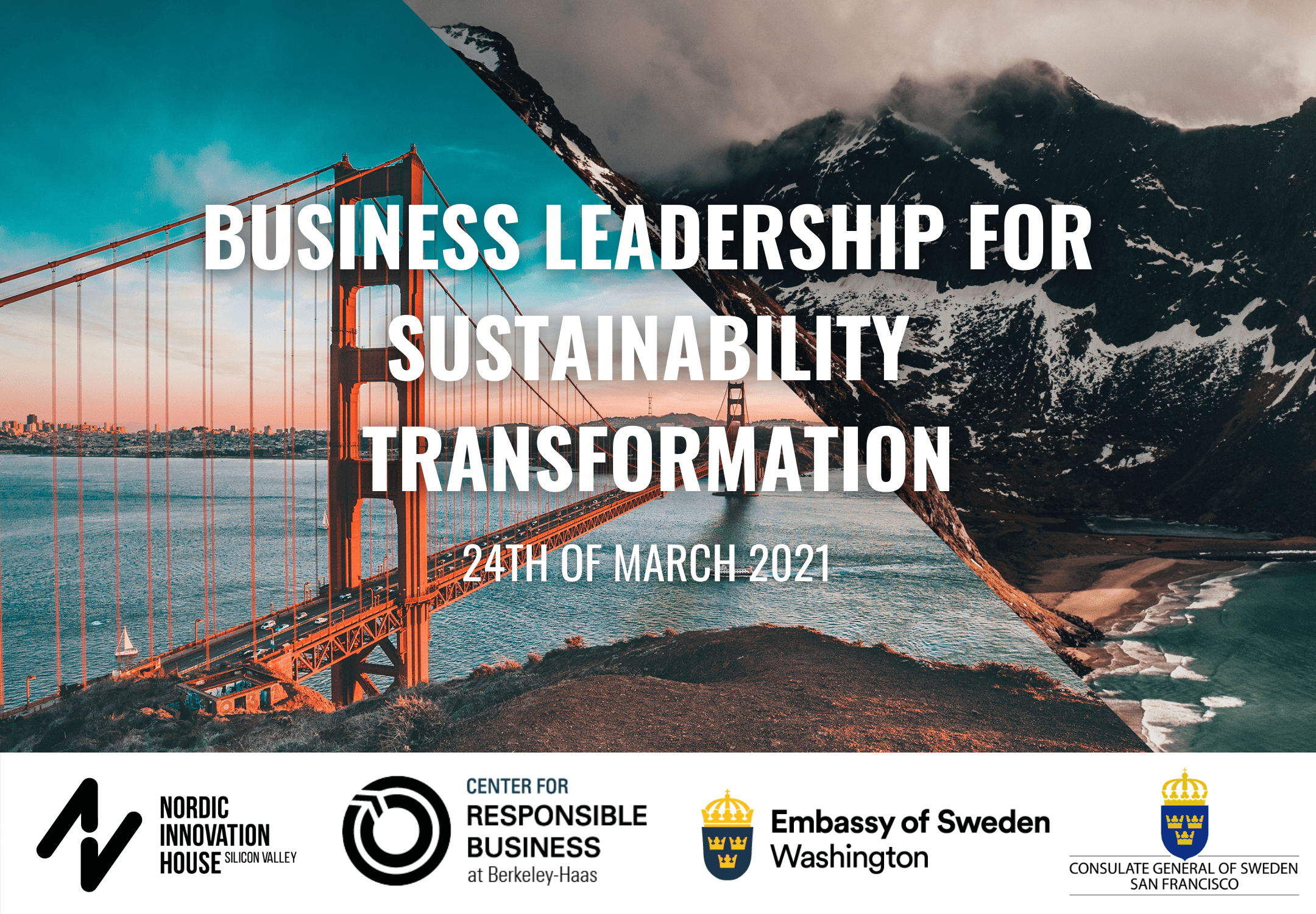From Theory to Practice: Why Change is Hard on the Path to Sustainability
The theories associated with corporate sustainability have evolved rapidly over the last ten years. From the “triple bottom line” and “shared value” concepts, to advancements in green technology and innovation, CSR theories have an impressive foundation of credibility now capable of replacing traditional business models. However, many corporations are having a hard time executing on this expertise. New challenges arise, stakeholder interests differ, and organizational pressures change, which make the process of going from theory to practice a difficult task.
A 2010 UN Global Compact study found that 85% of global companies believe they should address how to reduce negative industry effects on the environment. Despite this awareness, only 19% of these companies have implemented plans to significantly reduce their negative environmental impact. If most corporations say they care, why isn’t this translating into increased action and results? I have spent the last two years researching this topic and ultimately decided to go to business school in order to find tangible solutions that will help organizations become more sustainable. Therefore, I wanted to share a few of the insights that I have received from speaking with different business leaders across a variety of organizations and industries. While no organization is the same, my hope is that by identifying trends and some of the more prevalent challenges, we can more successfully bridge the gap between CSR theory and practice.
Transitions Can be Awkward
The most pervasive insight that I have found came from a class that I recently took on Organizational Behavior. I asked the professor why he thought corporations are often slow to adopt new business models. He proceeded to draw an obscure creature on the board with half arms and half wings. Using this creative evolutionary example, he explained that companies often avoid transitions because of this awkward in-between phase, which serves little purpose. The exact description he used to convey the process was “crossing the valley of death.” In order for organizations to successfully manage the transition from traditional business models to those driven by CSR, they must foster an internal culture of both exploration and exploitation. This enables an organization to remain flexible, manage the unknowns, and seek out innovative solutions while still having the ability to financially capitalize on the opportunities created.
Where’s the Help?
Another important trend that I have come across is related to the resources available to help corporations create effective CSR strategies. With a background in marketing, I have spent several years working with agencies and consultants to develop campaigns. The great thing about agencies is that they are truly a one-stop-shop for all of your marketing needs. If you want to improve your brand’s image amongst a younger consumer, they’ve got a team for that. If you want to launch a new product in China, they’ve got the experts ready to take on the challenge. However, in the CSR world, resources are still very segmented. For example, some consultancies are experts in increasing supply chain efficiencies, annual reports, and compliance and regulation issues. While others, such as design firms, are great at finding solutions for product technologies and innovations. The problem with this segmentation of resources is that it hinders an organization from integrating CSR across all functions and processes within the organization. Greenwashing is often an outcome when a company begins talking about its CSR efforts before it has a foundation to back it up. Therefore, companies need support across all functions and processes in order to create CSR strategies that will not only drive change internally, but also have the highest chance to drive profits.
We’ll Change When our Consumers Do
A third insight and one that I have been surprised to hear so frequently from executives emphasizes the importance of turning CSR initiatives into consumer relevant stories. “Why doesn’t your company invest more into sustainability?”, I ask. A typical answer has been, “Consumers don’t buy our products based on these factors.” While the evidence related to consumer purchase habits is mixed depending upon the industry, this can be strongly influenced by the organization. As Henry Ford said, “If I had asked people what they wanted, they would have said faster horses.” The most forward thinking and successful organizations tackling sustainability are those that turn CSR efforts into consumer relevant propositions. Puma is a good example of a company that is working hard to do this by educating its consumers to change their purchase behavior. By doing so, they are creating a powerful cycle of momentum: if consumer demand for sustainable products increases due to marketing efforts, then the business case to invest more into sustainability also increases.
Helping corporations transition from CSR theory to practice is not a straightforward procedure. Implementation requires the right mindset, resources and flexibility. Based on my observations and research, much of this depends on how well an organization is set up to manage change. It requires a culture that fosters both exploration and exploitation. Additionally, it is also important that the organization look at CSR holistically across all processes and functions. Consulting resources will hopefully continue to emerge that facilitate this approach, instead of segmenting each challenge. Lastly, organizations that address both internal operations and external consumer facing strategies simultaneously have the opportunity to create momentum that justifies the business case and generates revenue. Most global companies now recognize the need to change their business models to address the impact they have on the environment and communities in which they operate. As a result, we need to focus on helping organizations through this transition, leveraging the breadth of expertise, research and innovation to move successfully from theory to practice.



